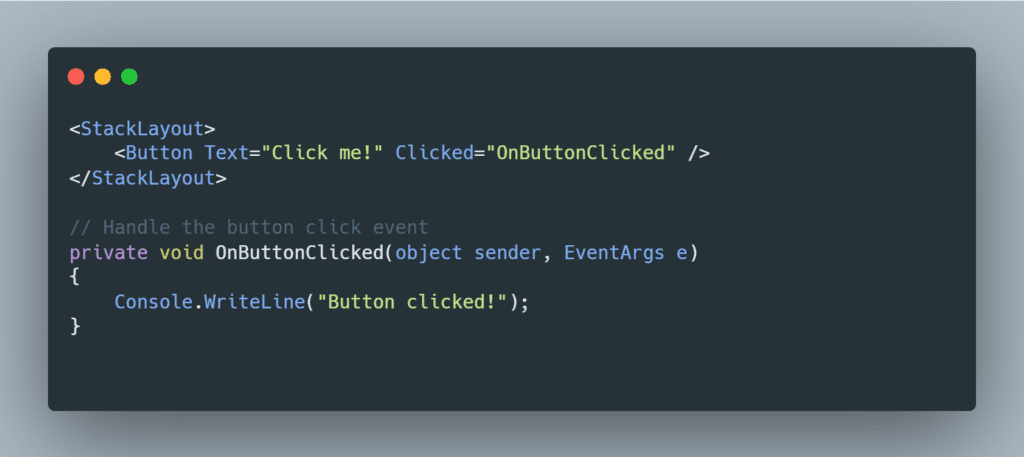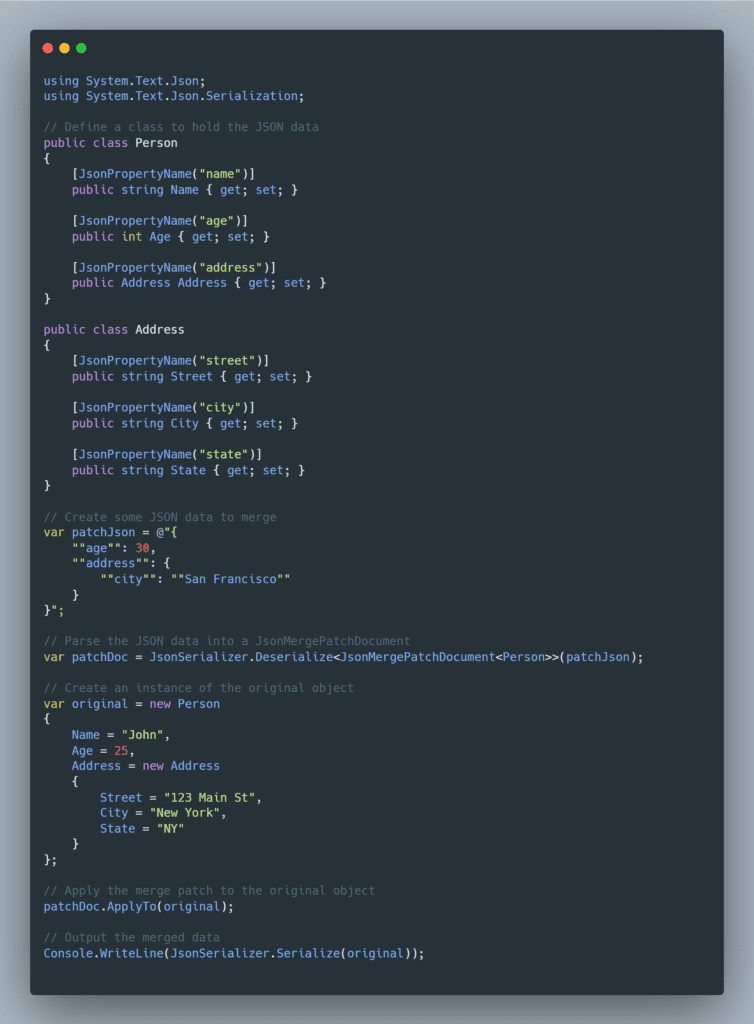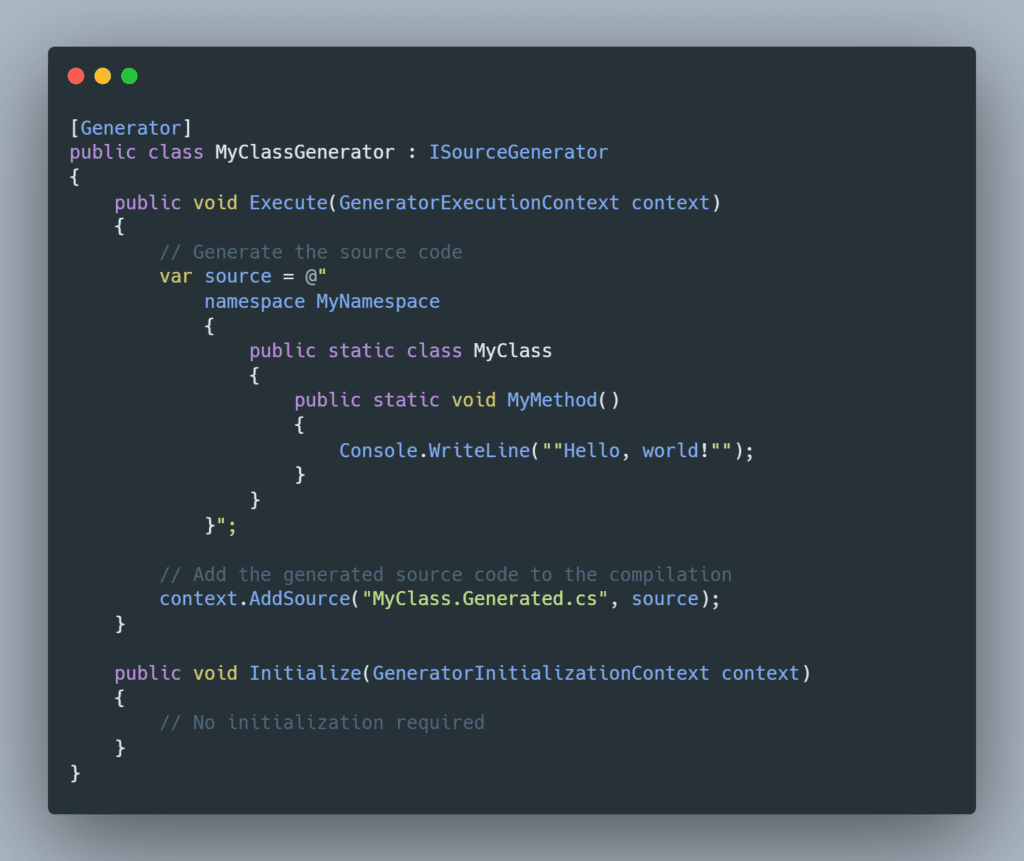.NET 6 has arrived with a host of new features and improvements that will make developing applications faster, easier, and more efficient. From cross-platform desktop apps with .NET MAUI to improved performance and dynamic code generation, there’s something for everyone in this latest release.
In this blog post, we’ll take a closer look at some of the most exciting new features in .NET 6 and show you how to start using them in your applications. So, let’s dive in and see what’s new in .NET 6!
Cross Platform Desktop Applications
Cross-platform desktop apps with .NET MAUI: .NET Multi-platform App UI (MAUI) is a framework for building native user interfaces for desktop and mobile platforms using a single codebase. It is based on the Xamarin.Forms framework and includes support for new platforms such as Windows 11 and macOS Monterey

Performance Improvements
NET 6 brings several performance improvements across the entire framework, making it faster and more efficient. Here are some of the key performance improvements were made with the new version.
- Startup performance: .NET 6 introduces a new feature called ReadyToRun images, which precompiles code to improve startup performance. This means that applications can start up faster and use less memory.
- Garbage collection: .NET 6 includes improvements to the garbage collector, which is responsible for managing memory in the framework. These improvements include better memory allocation and faster garbage collection, resulting in lower memory usage and improved performance.
- JIT compiler: The JIT (Just-In-Time) compiler in .NET 6 has been improved to generate more efficient code. This means that applications can run faster and use less CPU time.
- SIMD support: .NET 6 includes support for SIMD (Single Instruction, Multiple Data) operations, which can improve the performance of mathematical and other intensive computations.
- Hardware acceleration: .NET 6 includes support for hardware acceleration on platforms that support it, such as Intel processors with Advanced Vector Extensions (AVX).
HTTP/2 Middleware
With .Net 6 there are several improvements for the HTTP/2. Lets take a close look to new improvements.
- Multiplexing: The new middleware supports multiplexing, which allows multiple requests to be sent over a single connection. This can help improve the performance of web applications by reducing the number of connections required.
- Header compression: HTTP/2 includes built-in support for header compression, which can help reduce the size of requests and responses. This can help improve the performance of web applications, especially on slower connections.
- Server push: HTTP/2 includes support for server push, which allows the server to send resources to the client before they are requested. This can help reduce the latency of web applications and improve their performance.
app.UseHttp2();
In the Program fille you can enable HTTP/2 by adding above line, You can also configure the middleware to support other features of HTTP/2, such as server push.
JSON API Improvements
One of the key improvements is the addition of support for JSON merging. With JSON merging, you can easily merge two JSON documents together using the JsonMergePatchDocument class. This can be useful in scenarios where you need to update parts of a JSON document without completely replacing the original document.
Another improvement is the addition of the JsonNode API, which provides a lightweight way to work with JSON data without deserializing it into a full .NET object. This can be useful in scenarios where you only need to read or manipulate parts of a JSON document.
In addition, there have been performance improvements made to the JSON serializer and deserializer in .NET 6, which can lead to faster serialization and deserialization times for large JSON documents. The new APIs also provide more control over serialization and deserialization options, allowing for finer-grained control over how JSON data is processed.

Dynamic Code Generation
One of the key improvements is the addition of the SourceGenerator API, which allows us to generate source code at build time using C# code. This can be useful in scenarios where you need to generate boilerplate code or implement repetitive patterns. The SourceGenerator API provides a way to generate code that is type-safe, easy to debug, and can integrate with existing tooling and frameworks.
Another improvement is the addition of the FunctionPointer type, which allows us to create delegates that point to dynamically generated code. This can be useful in scenarios where you need to dynamically generate code at runtime and then execute it efficiently without going through the standard .NET reflection APIs.

